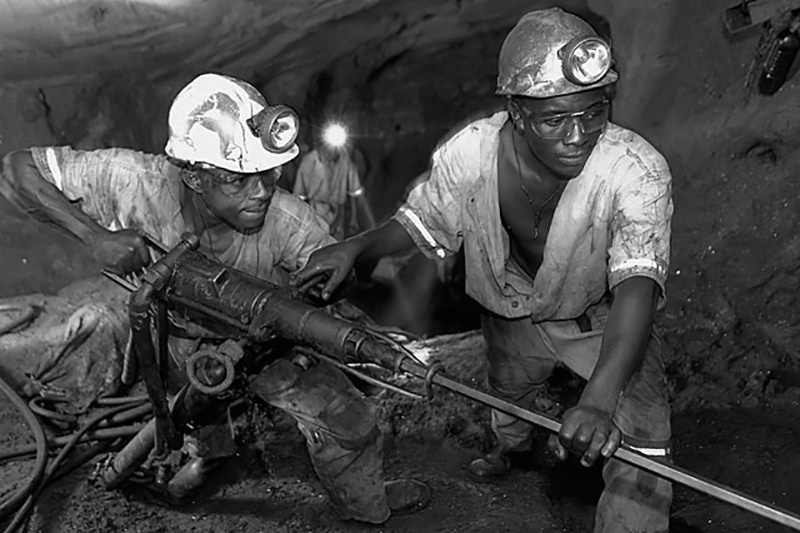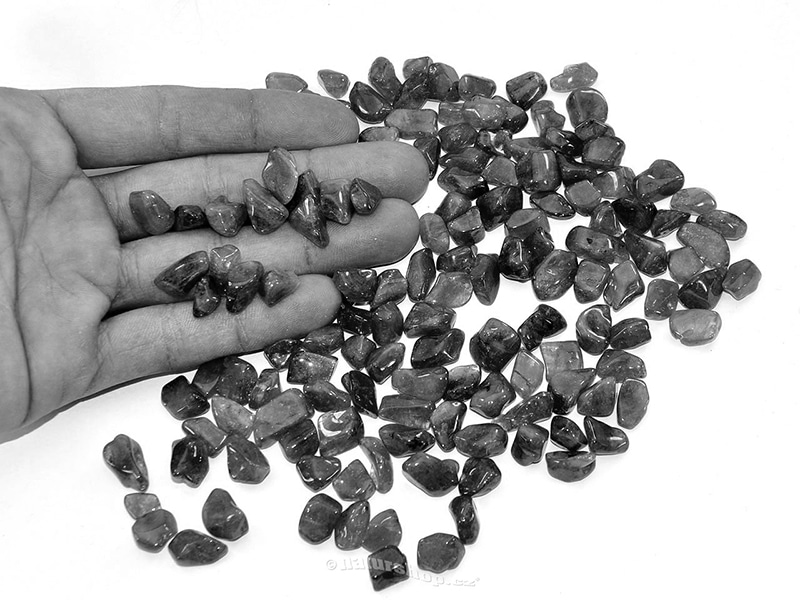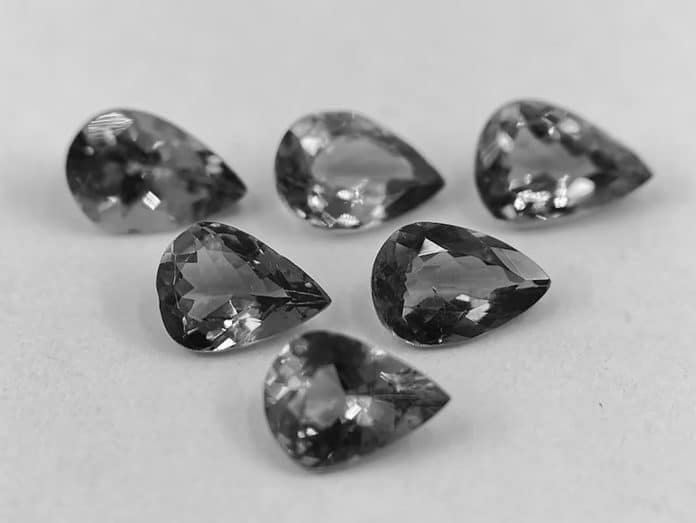From Mines to Markets: Understanding the Fluctuating Price of Tanzanite in Tanzania
In the heartland of East Africa lies a gemstone that has captivated the world with its mesmerizing hues of blue and purple – Tanzanite. But behind its dazzling beauty lies a complex and ever-changing market that has seen its prices soar to astronomical heights. Welcome to the world of Tanzanite mining and trading in Tanzania, where the journey from the mines to the markets is as intriguing as the gemstone itself. In this article, we will delve into the factors that influence the fluctuating price of tanzanite in Tanzania and shed light on the challenges faced by miners, traders, and consumers alike. Join us as we navigate through the intricate web of supply and demand, government policies, and global trends that shape the fate of this precious gem. Whether you are a gem enthusiast, a potential investor, or simply curious about the mysteries of the gemstone market, this exploration into the Tanzanite industry promises to be an enlightening and fascinating journey.
The Mining Process of Tanzanite

Tanzanite is found exclusively in the Merelani Hills of northern Tanzania, making it one of the rarest gemstones in the world. The mining process begins with the extraction of the rough stones from deep within the earth. Miners, equipped with basic tools and sometimes even their bare hands, brave the treacherous conditions of the mines to unearth this precious gem. The process is labor-intensive and often dangerous, as tunnels need to be excavated and supported to prevent collapses. Once the rough stones are extracted, they are sorted and prepared for further processing.
The sorting process involves separating the Tanzanite rough based on size, color, and clarity. This crucial step determines the potential value of each stone and helps miners strategize their approach to maximize their profits. The sorted rough stones are then sent to cutting and polishing facilities, where skilled artisans transform them into the exquisite gemstones we see in jewelry stores. The mining process is not only physically demanding but also requires a deep understanding of the geological formations and the unique characteristics of Tanzanite to ensure a successful operation.
Factors Influencing the Price of Tanzanite
Tanzanite price in Tanzania is influenced by a multitude of factors that contribute to its fluctuating nature. The rarity of the gemstone plays a significant role in determining its value. Tanzanite is estimated to be 1,000 times rarer than diamonds, which contributes to its high demand and premium pricing. The limited supply, coupled with the increasing popularity of Tanzanite, leads to an imbalance in supply and demand, resulting in higher prices.
Another factor influencing the Tanzania tanzanite price is the mining conditions in Tanzania. The unstable political climate and lack of infrastructure in the mining regions make it difficult for miners to operate efficiently. This, in turn, affects the supply of Tanzanite, leading to price fluctuations. Additionally, the mining process itself is labor-intensive, which further adds to the cost of production and subsequently impacts the price of the gemstone.
External factors such as global economic trends and consumer preferences also play a role in shaping Tanzanite price per carat in Tanzania. Economic downturns can lead to a decrease in demand for luxury goods, including gemstones, resulting in lower prices. Conversely, when the economy is thriving, the demand for tanzanite tends to rise, driving prices up. Furthermore, consumer preferences and fashion trends influence Tanzanite stone price in Tanzania and Tanzanite rings prices in Tanzania which directly affects its market value.
Historical Price Fluctuation of Tanzanite
The price of Tanzanite has experienced significant fluctuations since its discovery in the late 1960s. Initially, the gemstone was relatively unknown, and its price was significantly lower compared to its current value. However, in the 1990s, Tanzanite gained international recognition, and its prices skyrocketed. The demand for Tanzanite surged, particularly in the United States, leading to a sharp increase in prices.
In 2001, the Tanzanian government implemented measures to regulate the mining and trading of Tanzanite, including the establishment of the Tanzanite One Mining Company. These regulations aimed to curb illegal mining and ensure fair trade practices. While these measures brought stability to the market, they also led to a slight decrease in prices due to reduced supply. However, as the global economy recovered from the 2008 financial crisis, the price of Tanzanite rebounded and continued to rise steadily.
Current Market Trends for Tanzanite

In recent years, the market for Tanzanite has experienced both challenges and opportunities. The COVID-19 pandemic had a temporary impact on the gemstone industry as a whole, including Tanzanite. With travel restrictions and economic uncertainties, the demand for luxury goods declined, causing a slight dip in prices. However, as the world begins to recover, the market for Tanzanite is expected to regain its momentum.
One emerging trend in the Tanzanite market is the increasing popularity of ethically sourced gemstones. Consumers are becoming more conscious of the social and environmental impact of their purchases. As a result, demand for Tanzanite that is mined and traded responsibly, with fair labor practices and minimal ecological damage, is on the rise. This trend presents an opportunity for miners and traders to differentiate their products and cater to the growing demand for ethically sourced Tanzanite.
Tanzanite Grading and Certification
To ensure transparency and authenticity in the Tanzanite market, grading and certification systems have been established. The Gemological Institute of America (GIA) is one of the most reputable organizations that provides independent grading and certification for Tanzanite. The GIA assesses the quality of each gemstone based on its color, clarity, cut, and carat weight. The grading report provides potential buyers with valuable information about the gemstone’s characteristics and helps determine its value.
Certification also plays a crucial role in protecting consumers from counterfeit or treated Tanzanite. The certification process verifies the gemstone’s origin and ensures that it has not undergone any enhancements that might affect its value. When purchasing Tanzanite, it is essential to look for reputable sellers who provide certified gemstones, giving buyers confidence in the authenticity and quality of their purchase.
Buying Tanzanite in Tanzania

For those interested in purchasing Tanzanite, a visit to Tanzania offers a unique opportunity to buy directly from the source. In the city of Arusha, known as the gateway to Tanzania’s gemstone market, numerous jewelry stores and gemstone dealers offer a wide selection of Tanzanite. It is advisable to visit reputable establishments that provide certified stones to ensure a genuine and fair transaction.
When buying Tanzanite in Tanzania, it is essential to be knowledgeable about the different qualities of the gemstone and to compare prices from various sellers. The three main factors to consider are color, clarity, and carat weight. Tanzanite ranges in color from pale blue to intense violet-blue, with the more vibrant hues commanding higher prices. Clarity refers to the presence of any inclusions or imperfections within the stone, with higher clarity stones being more valuable. Carat weight determines the size of the gemstone, with larger stones generally commanding higher prices. By understanding these factors, buyers can make informed decisions and find the perfect Tanzanite that suits their preferences and budget.
Investing in Tanzanite
Tanzanite has gained a reputation as a valuable investment opportunity due to its rarity and increasing global demand. However, like any investment, it comes with risks and considerations. The fluctuating nature of Tanzanite price per gram in Tanzania means that investors should carefully analyze market trends and seek professional advice before making any significant financial commitments.
One key consideration when investing in Tanzanite is its long-term potential. As the supply of Tanzanite is expected to decrease over time due to the limited availability of the gemstone, prices may continue to rise. This potential for appreciation makes Tanzanite an attractive investment for those willing to hold onto their assets for an extended period.
Tanzanite Market Outlook
The future of the Tanzanite market is both promising and uncertain. While the demand for Tanzanite continues to grow globally, challenges such as political instability, infrastructure limitations, and ethical concerns pose risks to the industry. However, with the increasing focus on responsible sourcing and the potential for appreciation, Tanzanite remains a gemstone of great allure and investment potential.
As the Tanzanite market evolves, it is crucial for all stakeholders, from miners to traders to consumers, to adapt to changing trends and navigate the complexities of the industry. By understanding the factors that influence the price of Tanzanite and staying informed about market dynamics, we can appreciate the beauty and value of this gemstone while making informed decisions.
Conclusion
The journey from the mines to the markets of Tanzanite is a fascinating tale of rarity, beauty, and economic forces. The fluctuating price of Tanzanite is a reflection of the delicate balance between supply and demand, influenced by various factors such as mining conditions, global trends, and consumer preferences. As the world becomes more conscious of ethical sourcing and sustainability, the Tanzanite industry faces both challenges and opportunities. Whether you are a gem enthusiast, a potential investor, or simply captivated by the allure of Tanzanite, understanding the intricacies of the market adds depth to the appreciation of this remarkable gemstone. So, the next time you admire a piece of Tanzanite jewelry, remember the remarkable journey it has undertaken, from the depths of the earth to your fingertips.
For more related articles on Manufacturing and Business in Tanzania (Trade) click here!

































